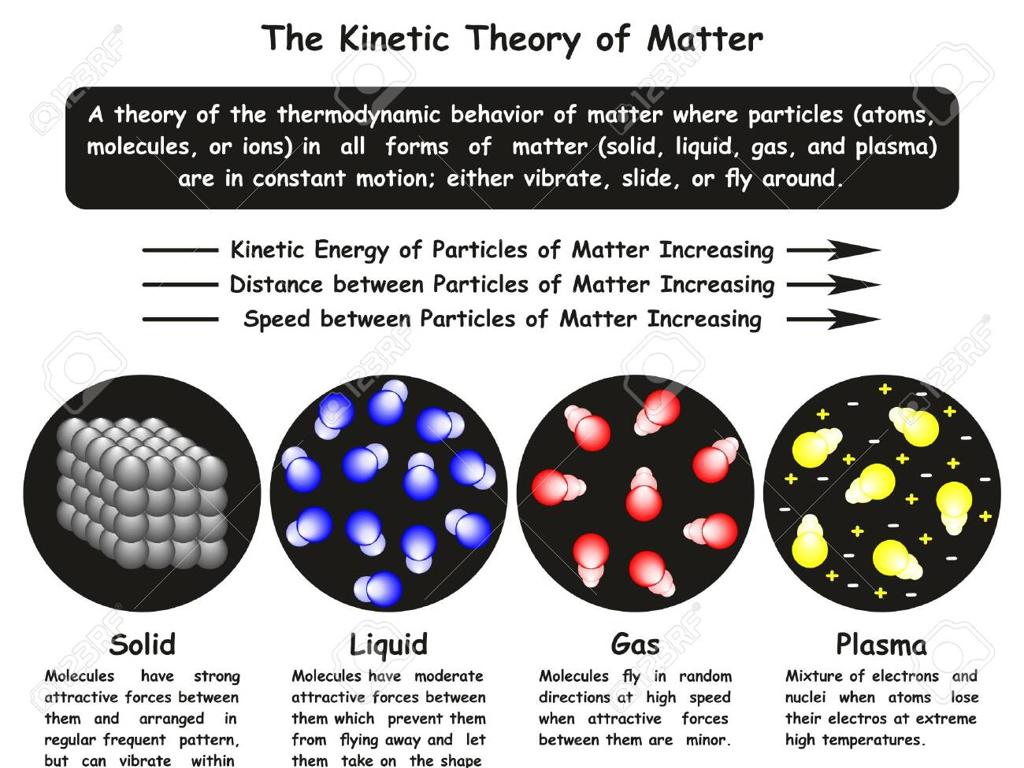Genes To Traits
Subject: Science
Grade: Sixth grade
Topic: Anatomy And Physiology
Please LOG IN to download the presentation. Access is available to registered users only.
View More Content
Introduction to Genetics: The Blueprint of Life
– What exactly are genes?
– Genes are DNA segments that dictate traits.
– Exploring the concept of heredity
– Heredity is how traits are passed from parents to offspring.
– Genes: Life’s blueprint
– Genes contain instructions for building organisms.
– How genes determine traits
– Traits like eye color or height come from specific genes.
|
This slide introduces the fundamental concepts of genetics, which is a branch of science that studies genes and heredity. Genes are the basic units of heredity, made up of DNA, and they carry the instructions for the development of all organisms. Heredity explains how these genes are passed down from parents to their children. It’s important to convey to students that genes are like a blueprint for life, determining everything from physical appearance to certain behaviors. Encourage students to think about their own traits and how they might have inherited them from their parents. This will set the stage for a deeper dive into how genes work and how they can be expressed in different ways.
Exploring DNA: Blueprint of Life
– DNA’s double helix structure
– DNA is shaped like a twisted ladder or double helix.
– DNA: Cellular genetic code
– DNA stores all the instructions needed for an organism to grow, develop, and reproduce.
– DNA’s role in trait determination
– Genes are DNA segments that determine our traits, like eye color.
– Impact of DNA on individuality
– Variations in DNA sequences make each person unique.
|
This slide introduces students to the concept of DNA as the fundamental building block of life. Begin with the iconic double helix structure, explaining its significance in holding genetic information. Clarify that DNA is present in every cell and acts as a code that directs cellular functions and development. Discuss how specific segments of DNA, known as genes, are responsible for the inheritance of traits from parents to offspring. Emphasize the importance of DNA in creating the diversity of life and individual characteristics. Use simple analogies, such as DNA being like a recipe book for the body, to help students grasp these complex ideas. Encourage questions to ensure understanding.
From Genes to Traits: The Genetic Journey
– Genes code for proteins
– Genes contain instructions to build proteins, the body’s building blocks.
– Gene expression basics
– Genes turn ‘on’ or ‘off’ to express traits like eye color or height.
– Traits influenced by genes
– Traits like dimples, hair color, and earlobe type are encoded in our DNA.
– Examples of genetic traits
|
This slide introduces the concept that genes are the blueprint for proteins, which are crucial for the body’s structure and function. Explain that gene expression is the process by which information from a gene is used to create a functional product, like a protein, which then influences traits. Provide examples of traits that are determined by genes, such as the ability to roll one’s tongue or the presence of freckles, to help students understand the direct impact of genetics on physical characteristics. Encourage students to think of traits in their families and how they might be inherited. This will set the stage for learning about dominant and recessive genes in future lessons.
Dominant vs. Recessive Traits
– Define dominant and recessive traits
– Dominant traits overpower recessive ones and are more likely to be expressed.
– Predict traits using Punnett Squares
– A tool that shows how traits could be passed to offspring.
– Examples of dominant and recessive traits
– Brown eyes (dominant) vs. blue eyes (recessive), attached vs. free earlobes.
– Understanding inheritance patterns
|
This slide introduces the concept of dominant and recessive traits, which are fundamental to understanding genetic inheritance. Dominant traits are expressed when at least one dominant allele is present, while recessive traits require two copies of the recessive allele to be expressed. Punnett Squares are a visual representation to help predict the probability of an offspring inheriting certain combinations of alleles from their parents. Provide real-life examples to help students grasp the concept, such as eye color, where brown is dominant over blue. Encourage students to think about their own traits and which might be dominant or recessive as a way to connect the lesson to their lives.
Genetic Variation: Our Unique Traits
– Exploring human differences
– Why do we all look and act differently?
– Mutation and recombination roles
– Mutations: random changes; Recombination: shuffling genes during reproduction
– Significance of genetic diversity
– Diversity leads to a healthier, adaptable population
– How variation affects populations
|
This slide aims to explain why every individual is unique, highlighting the roles of mutation and recombination in creating genetic variation. Mutations introduce new traits by altering DNA, while recombination, occurring during sexual reproduction, mixes parental genes to produce unique offspring. Genetic diversity is crucial for the survival of species, as it allows populations to adapt to changing environments and resist diseases. Discuss how these genetic variations can lead to the wide array of traits we see in humans and other organisms, and why this diversity is beneficial to the health and longevity of populations.
Class Activity: Extracting DNA from a Strawberry
– Gather materials for DNA extraction
– You’ll need a strawberry, dish soap, salt, water, and rubbing alcohol.
– Follow the extraction guide
– Mash the strawberry, mix with soap and salt solution, filter, and add alcohol.
– Observe the DNA strands
– Look for the white, stringy strands that form in the mixture.
– Discuss the extraction process
|
This hands-on activity is designed to help students understand the physical presence of DNA. Before the class, ensure all materials are available for each group: a strawberry, dish soap, a small amount of salt, water, coffee filters, a clear container, and rubbing alcohol. Guide the students through the process: mashing the strawberry to break cell walls, mixing with soap and salt to break down proteins and release DNA, filtering to remove solids, and adding alcohol to precipitate the DNA. After the activity, lead a discussion on the significance of DNA and how it relates to genes and traits. Encourage students to ask questions and share their observations.
Wrapping Up: Genes and Traits
– Recap: Genes link to traits
– Discuss DNA extraction results
Share observations from the DNA extraction experiment.
– Q&A session on genetics
Prepare to ask questions or clarify doubts about genetics.
– Reflect on what we’ve learned
Think about how genes play a role in everyday life.
|
This slide aims to summarize the key concepts of how genes determine traits and to discuss the practical application of this knowledge through the DNA extraction experiment. Encourage students to think about the relationship between the genetic information they’ve extracted and how it translates into physical traits. The Q&A session is crucial for addressing any lingering questions and ensuring a solid understanding of genetics. Finally, prompt students to reflect on the importance of genetics in their own lives and the world around them, reinforcing the relevance of what they’ve learned.






